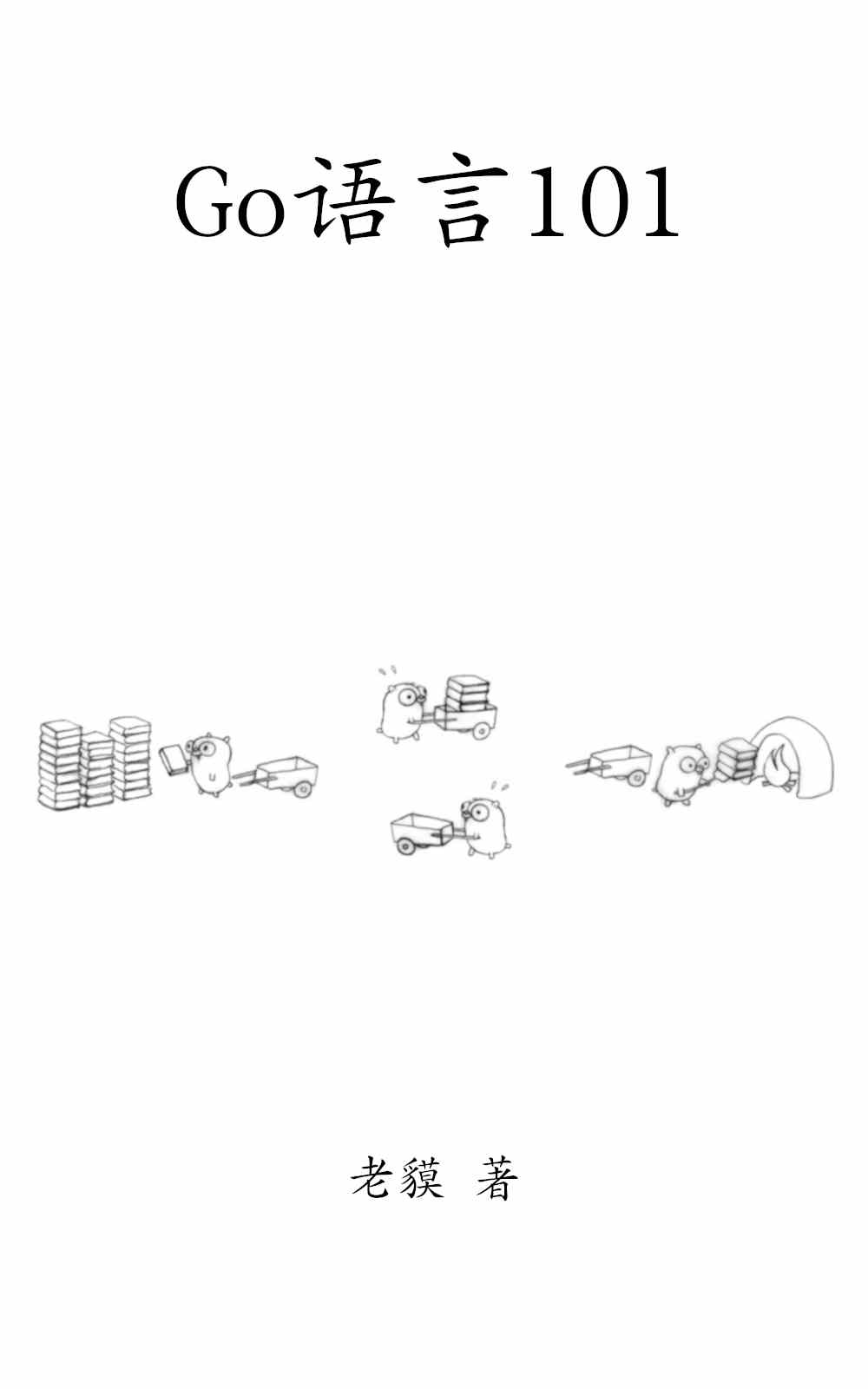本文摘自php中文网,作者藏色散人,侵删。
下面由golang 教程栏目给大家分享一个Go json 踩坑记录,希望对需要的朋友有所帮助!
JSON,一种轻量级的资料交换语言,该语言以易于让人阅读的文字为基础,用来传输由属性值或者序列性的值组成的数据对象。现已经被广泛应用,Go 当然也提供了完备的支持,通过 encoding/json 便可方便的序列化及反序列化 JSON 数据。但是也有些关键点需要额外注意下。
Go 可使用 json.Marshal() 便捷的获取 JSON 数据,查看该函数对应的 godoc 文档,里面有这么一段话:
1
String values encode as JSON strings coerced to valid UTF-8, replacing invalid bytes with the Unicode replacement rune. So that the JSON will be safe to embed inside HTML <script> tags, the string is encoded using HTMLEscape, which replaces "<", ">", "&", U+2028, and U+2029 are escaped to "\u003c","\u003e", "\u0026", "\u2028", and "\u2029". This replacement can be disabled when using an Encoder, by calling SetEscapeHTML(false).
json.Marshal() 在进行序列化时,会进行 HTMLEscape 编码,会将 “<”, “>”, “&”, U+2028, 及 U+2029 转码成 “\u003c”,”\u003e”, “\u0026”, “\u2028”, 和 “\u2029”。这在正常使用时是没有问题的,但如果在对接第三方需要对 JSON 字符串进行取摘要比对时,如果一方未进行 HTMLEscape 编码,取出的摘要便会天差地别。上述文档中也给出了解决方法,通过 SetEscapeHTML(false) 来禁用便可。方法如下:
1
bf := bytes.NewBuffer([]byte{})jsonEncoder := json.NewEncoder(bf)jsonEncoder.SetEscapeHTML(false)_ = jsonEncoder.Encode(body)jsonStr := bf.String()
但是这样使用仍然会有些问题,json.Encoder.Encode() 会在 JSON 字符串后接一个 换行符 ,该函数源码如下:
1
2
3
4
5
6
7
8
9
10
11
12
13
14
15
16
17
18
19
20
21
22
23
24
25
26
27
28
29
30
31
32
33
34
35
36
37
38
39
40
41
func (enc *Encoder) Encode(v interface{}) error {
if enc.err != nil {
return enc.err
}
e := newEncodeState()
err := e.marshal(v, encOpts{escapeHTML: enc.escapeHTML})
if err != nil {
return err
}
e.WriteByte('\n')
b := e.Bytes()
if enc.indentPrefix != "" || enc.indentValue != "" {
if enc.indentBuf == nil {
enc.indentBuf = new(bytes.Buffer)
}
enc.indentBuf.Reset()
err = Indent(enc.indentBuf, b, enc.indentPrefix, enc.indentValue)
if err != nil {
return err
}
b = enc.indentBuf.Bytes()
}
if _, err = enc.w.Write(b); err != nil {
enc.err = err
}
encodeStatePool.Put(e)
return err
}
可以看出,该函数在进行序列化后又写入了一个 \n 字符。如果不需要该字符,则需要额外的将其剔除:
1
jsonStr := string(bf.Bytes()[:bf.bf.Len()])
以上就是分享一个Go json 踩坑记录的详细内容,更多文章请关注木庄网络博客 !!
相关阅读 >>
Go lang 架构设计原则 迪米特法则
12 Go lang defer panic recover
Go lang如何删除数组中的元素
Go lang格式化符号%b是什么意思
Go lang代码能不能加密
Go lang快速入门(二)初尝命令行参数
Go 遍历struct,map,slice
[Go ] Go 语言实战-实现标题闪烁
Go lang中vendor什么时候进来的
Go lang适合web开发吗?
更多相关阅读请进入《Go 》频道 >>
¥0元
一个与时俱进的Go编程知识库。
转载请注明出处:木庄网络博客 » 分享一个Go json 踩坑记录





